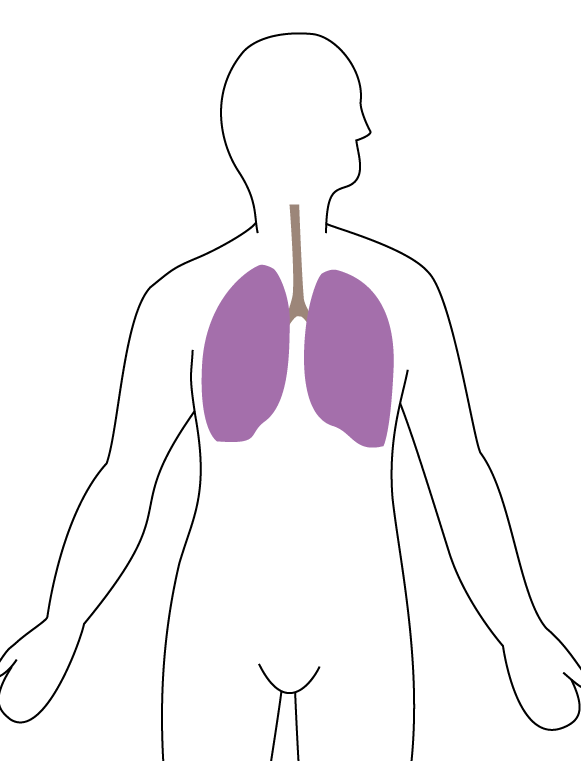B
BREATHING - INTRODUCTION
Breathing problems are a common cause for deterioration in children. It is vital to be able to assess, diagnose and manage immediately life-threatening problems and to be able to identify those patients who are at risk of developing respiratory failure during their hospital stay. This is especially important as, in children, cardio-respiratory arrest is commonly secondary to hypoxia.
Recognition
Effort of breathing:
- Respiratory rate
- Recessions
- Accessory muscle use
- Flaring of nostrils
- Inspiratory and expiratory noises: wheeze, stridor, and crepitations?
- Grunting
- Posture/position
Efficacy of breathing
- Equal air entry?
- Percussion note
- Trachea central?
- Gasping?
- SpO2 in air
- Chest movement
Effect on body:
- Heart rate
- Capillary refill
- Conscious level
Response
- If not breathing- ventilate with a bag-valve mask (BVM) device
- Give O2 15 L/min via a non-rebreathe mask with reservoir bag
- Aim O2 saturations 94-98%
- Blood gas (ABG) – usually performed venously or capillary in infants and small children
- Chest X-ray (CXR)
- Site a nasogastric tube (especially if using a BVM)
Table: Breathing Recognition and Response

